Diagnostic Imaging for the Emergency Physician, written and edited by a practicing emergency physician for emergency physicians, takes a step-by-step approach to the selection and interpretation of commonly ordered diagnostic imaging tests. Dr. Joshua Broder presents validated clinical decision rules, describes time-efficient approaches for the emergency physician to identifycritical radiographic findings that impact clinical management and discusses hot topics such as radiation risks, oral and IV contrast in abdominal CT, MRI versus CT for occult hip injury, and more. Diagnostic Imaging for the Emergency Physician was awarded a 2011 PROSE Award for Excellence for the best new publication in Clinical Medicine.
- Access the fully searchable text online at Expert Consult, along with downloadable images suitable for use in educational presentations.
- Choose the best test for each indication through clear explanations of the “how” and “why” behind emergency imaging.
- Interpret head, spine, chest, and abdominal CT images using a detailed and efficient approach to time-sensitive emergency findings.
- Stay on top of current developments in the field, including evidence-based analysis of tough controversies – such as indications for oral and IV contrast in abdominal CT and MRI versus CT for occult hip injury; high-risk pathology that can be missed by routine diagnostic imaging – including subarachnoid hemorrhage, bowel injury, mesenteric ischemia, and scaphoid fractures; radiation risks of diagnostic imaging – with practical summaries balancing the need for emergency diagnosis against long-terms risks; and more.
- Optimize diagnosis through evidence-based guidelines that assist you in discussions with radiologists, coverage of the limits of “negative” or “normal” imaging studies for safe discharge, indications for contrast, and validated clinical decision rules that allow reduced use of diagnostic imaging.
- Clearly recognize findings and anatomy on radiographs for all major diagnostic modalities used in emergency medicine from more than 1000 images.
- Find information quickly and easily with streamlined content specific to emergency medicine written and edited by an emergency physician and organized by body system.
The “must-have” resource for emergency physicians to make critical diagnostic imaging decisions.
Editorial Reviews
Review
Winner, 2011 PROSE Award for Excellence for the best new publication in Clinical Medicine! The PROSE Awards annually recognize the very best in professional and scholarly publishing by presenting more than 45 awards to distinguished books, reference works, journals and electronic content each year.
“I have no doubt that this text is destined to become one of our specialty’s landmark textbooks, a classic that will be considered a must-have resource for all emergency physicians and emergency departments. My kudos go to Dr. Broder for his tremendous work. This textbook represents a valuable addition to the emergency medicine literature.. – Amal Mattu, MD, FAAEM, FACEP, Director, Emergency Medicine Residency, Director, Faculty Development Fellowship, Professor of Emergency Medicine, Department of Emergency Medicine, University of Maryland School of Medicine, Baltimore
Diagnostic Imaging for the Emergency Physician is the ‘must-have’ resource for emergency physicians to make critical diagnostic imaging decisions. It makes optimal use of imaging modalities for emergency patients. Written by a master educator, the book teaches clinicians how to use and interpret images in the diagnosis of emergency conditions. Since the entire text was written by one person, it is a more integrated text than books with chapters authored by a multitude of practitioners. Broder provides clinical information valuable to practitioners at multiple levels of training, with or without prior training in diagnostic imaging. Broder’s writing style, like his teaching style, is simple, practical, and understandable, smooth, and unambiguous; and the image quality is consistent throughout the text. Broder provides clear direction for how and when to order specific tests, and he systematically describes how to read CTs. Diagnostic Imaging for the Emergency Physician differs from other available texts also in that it is targeted to the specific needs of board-certified emergency physicians, emergency medicine residents, and students interested in emergency medicine. This book may also serve providers attending to patients in urgent and emergent settings.” – SirReadaLot.org
“This is not ‘radiology-lite’; it is truly rooted in the specialty and focuses on the selection and interpretation of diagnostic imaging across the spectrum of our practice. It spans the divide that sometimes seems to appear between specialties, and the reader is introduced to problems, solutions and interpretations from both radiological and emergency department (ED) perspectives.What I really enjoyed in this book is the clear demonstration that ED imaging extends beyond the plain x-ray. Much of the book is concerned with CT, MR and ultrasound scans which are increasingly a core of our practice and this text is the first I have seen that clearly reflects this.The content allows this with superb illustrations throughout, clearly labeled with clinical vignettes that chimed with my own experiences.When using the online version, you can magnify any image that appears to be a little small in the paper version, a real demonstration of a successful pairing of paper and e-publishing.” -Simon Carley, Emergency Medicine Journal(2012;29:5 427-428)
”Diagnostic Imaging for the Emergency Physician is truly an outstanding achievement by Dr. Broder. It is a book for emergency physicians, by an emergency physician. It is thorough, clear, evidence based, and clinically relevant. I would recommend it to any emergency intern as the only emergency radiology text he or she will ever need to buy. I don’t think it will take long before it becomes the quintessential emergency radiology teaching text.” – Jeffrey A. Holmes, MD, Department of Emergency Medicine, Maine Medical Center, Portland, ME, Tufts University School of Medicine, Boston, MA, writing in Annals of Emergency Medicine
Product Details
|

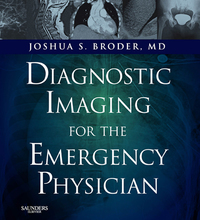

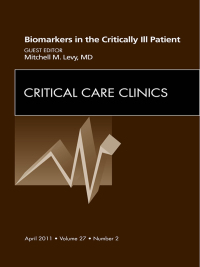
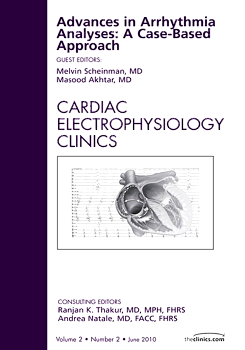
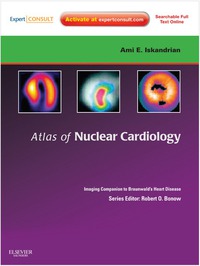

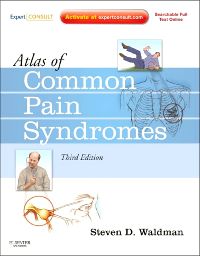
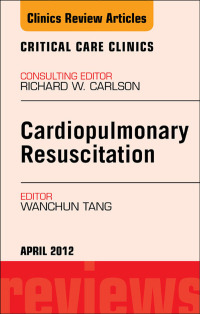

Reviews
There are no reviews yet.